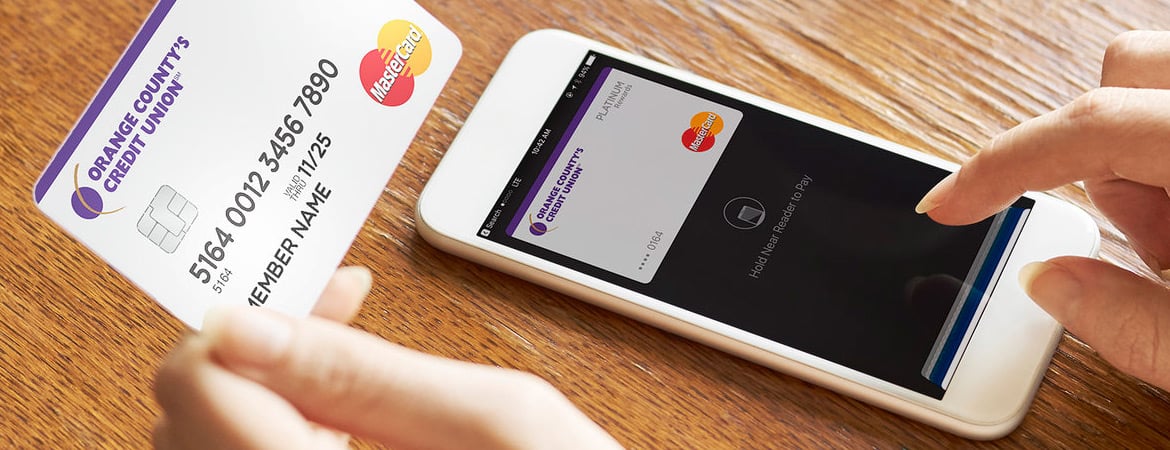If it hasn’t happened to you, it’s definitely happened to someone you know: your fuel tank is sputtering, so you pull over to the nearest gas station, give a quick swipe of your card, fill up, and go about your routine. Then, within days or even mere hours, you’re alerted to a fraudulent charge on your account and realize your card information was lifted from that now ill-fated gas stop.
Incidences like this still happen with regular frequency, but the tide is changing thanks to a phase out of magnetic stripe cards and the introduction of chip-enabled cards (sometimes referred to as EMV) and mobile payment systems like Apple Pay. It’s great news for consumers because both of these solutions offer greater security. But is one better than the other? Let’s explore:
Chip-Enabled Cards
These cards have been around for decades in Europe, so it comes with the peace of mind that it’s tried and tested technology. Each card is embedded with a special security chip that, when inserted into a chip-enabled card reader, acts as a second layer of authentication. Keep in mind that if you’re using your chip-enabled card for online shopping or at a terminal that’s not chip-enabled, it’s no safer than a magnetic stripe.
Benefits
- Adds an extra layer of security making transaction safer.
- Makes it difficult to counterfeit or copy when used at chip-enabled terminals.
- Widespread acceptance in the U.S. and internationally.
- Can be used with either chip-enabled or magnetic-stripe terminals.
Mobile Payments
With mobile payment, your card information is linked through an app on your mobile device. Your card number is replaced with a randomly generated virtual account number (sometimes called a token) that’s used to authorize one-time transactions. If you use Apple Pay or Android Pay, your full card number is not stored on your device and neither the provider (i.e., Apple, Google, or Samsung) nor any merchant will have direct access to your card number. Plus, if you lose your phone, you can use your mobile phone’s lost features to lock it or if you’re really concerned, you could consider erasing your phone.
To pay, you simply wave your device in front of the scanner to create a connection and make the purchase. You can use also mobile payments for online and in-app purchases.
According to a recent survey, only 0.2% of all in-store sales were made via mobile payments in 2015. But that number is growing as more and more merchants participate.
Benefits
- Greater security at the merchant and online because your card number stays private.
- Easily pay for everyday items with just the tap of your phone.
Any technology that makes your information safer is a good thing. And when you bank at Orange County’s Credit Union, you have options. With the recent introduction of our Debit MasterCard® with chip-enabled technology and Apple Pay® for iPhone® 6 and higher users, we’re doing our best to ensure your accounts stay secure.
So, next time you find yourself at a wayward gas station, first check to see if they offer chip-enabled card readers or look for the mobile payment symbol. Or, at the very least, use a credit card or cash to ensure the hard-earned money in your checking account isn’t stolen by thieves.
Mastercard and the Mastercard brand mark are registered trademarks of Mastercard International Incorporated, used pursuant to a license.
Our cards utilize an added security feature, One-Time Passcode, when applicable, for online transactions using your debit and credit card. For full details about EMV 3DS Secure Code One-Time Passcode, click here.

